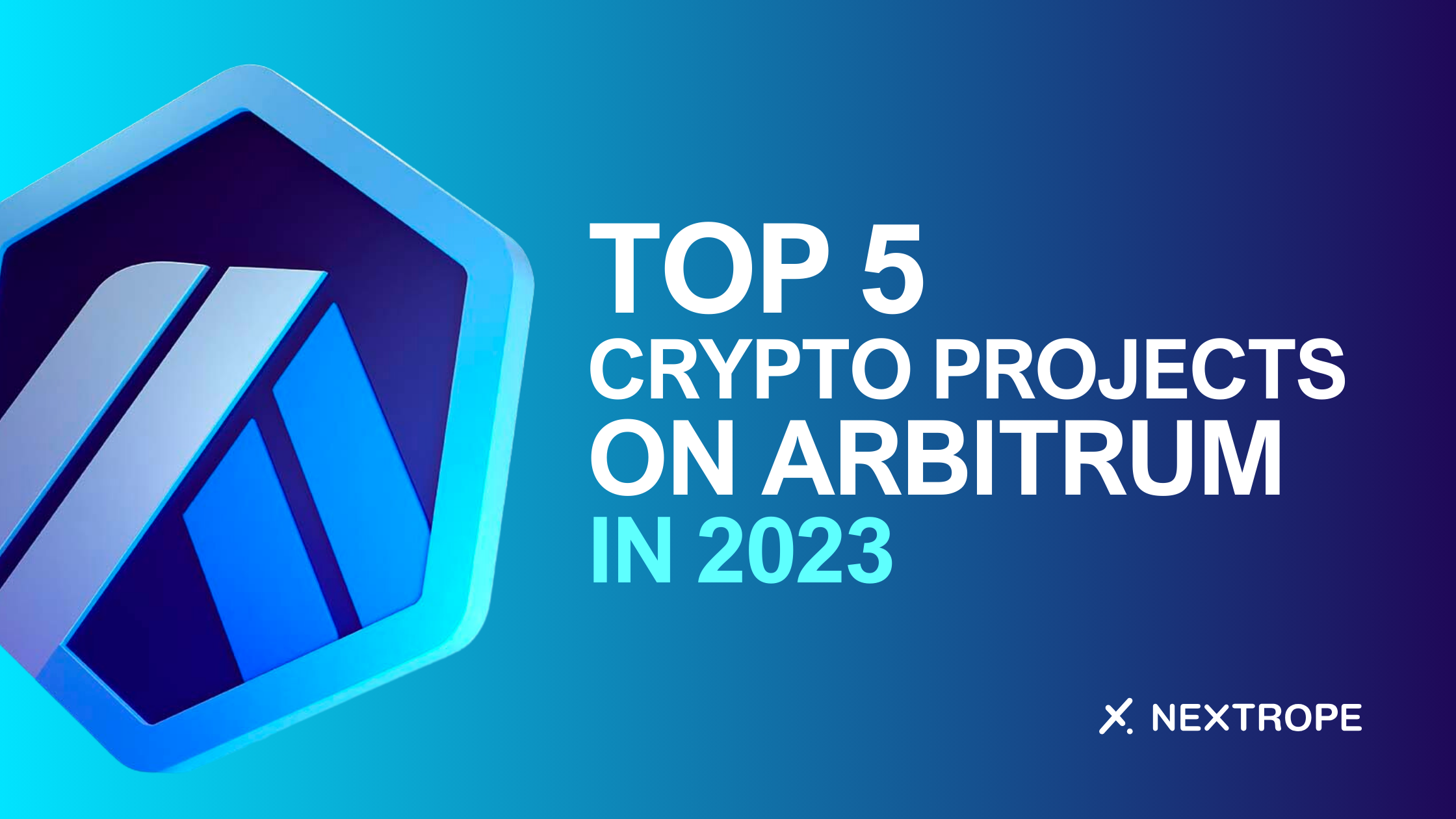As the world of cryptocurrencies continues to evolve rapidly, guaranteeing the safety and security of your digital assets is essential. With sophisticated hacking techniques on the rise, having a solid protective system in place is crucial. This is where Gnosis SAFE steps in as a leader among smart contract MultiSig wallets, providing a perfect balance between security and usability. If you're seeking an effective means of managing your digital assets with multiple authentication layers, look no further. In this Gnosis SAFE tutorial, we'll walk you through setting up a MultiSig wallet and familiarizing yourself with its core principles.
Understanding Gnosis SAFE MultiSig Wallets
What is a MultiSig Wallet?
A MultiSig (Multi-Signature) wallet is a cryptocurrency wallet that necessitates multiple private keys for transaction authorization. In simpler terms, it's akin to a bank vault that requires more than one key for access. This configuration ensures improved security because even if one key is compromised, the wallet's assets remain safe unless the other required keys are also breached.
Key Features of Gnosis SAFE
Several factors set Gnosis SAFE apart from other MultiSig wallet providers:
Multiple Wallet Owners: With Gnosis SAFE, you have the option to assign multiple wallets as "owners." Consequently, each of these wallets has input in approving transactions, leading to a secure and democratic approach to handling assets.
Transaction Approvals: The Gnosis SAFE wallet boasts flexible transaction requirements as one of its main features. For example, if five wallets are assigned as owners, the creator can impose that any three of them must endorse a transaction for it to be executed. This delivers not just flexibility but also an extra layer of security.
Throughout this tutorial, you'll come to appreciate the ingenuity behind Gnosis SAFE's architecture, ensuring your digital assets remain not only secure but also easily manageable.
Setting Up Your Gnosis SAFE MultiSig Wallet - A Step-by-Step Tutorial
In the vast sea of MultiSig wallet providers, Gnosis SAFE stands tall with its impeccable security features and user-friendly interface. Let’s break down the process of setting up your MultiSig wallet with Gnosis SAFE.
Navigating to Gnosis SAFE Website
First, access the official Gnosis SAFE website: https://safe.global/
Once there, locate and click on the "Launch Wallet" button, highlighted in green and situated in the top right corner.
Creating a New Safe
For first-time users, you'll be directed to a welcome screen. Look for and select the option to ‘Create new Account’
You'll then be prompted to choose your desired network. For the sake of this tutorial, we'll use the Ethereum.
Connect your wallet
Assign a distinct name for your safe to easily identify it later.
Designating Owners and Setting Confirmation Requirements
This step is crucial. Begin by adding various wallet addresses you want as owners.
Determine and set the number of confirmations (i.e., how many owner wallets) required to authorize a transaction. For added security, ensure this number is more than one.
Finalizing and Deploying Your Safe
Once all details are inputted, review them to ensure accuracy.
Proceed with the creation of the safe. For this, you'll need MetaMask or a similar tool to handle the transaction.
After initiating, you'll have to patiently wait while the smart contract deploys the safe. The duration can vary depending on network congestion.
Sending and Receiving Funds Using the MultiSig Wallet
With the safe now active, you can send funds to it. Ensure the address is correctly formatted to avoid errors.
When making transactions from the safe, remember that the set number of owners will need to confirm the transaction for it to process.
Conclusion
As the digital currency landscape continues to evolve, the emphasis on security has never been more pronounced. Gnosis SAFE's MultiSig wallet is a testament to innovation meeting necessity. Not only does it provide a fortified layer of protection against potential threats, but its design also ensures a seamless transaction experience. Whether you're a seasoned crypto enthusiast or a newcomer to the world of digital assets, harnessing the power of Gnosis SAFE's MultiSig wallet can be a game-changer. Remember, in the world of crypto, it's not just about amassing assets, but also protecting them with the best tools at your disposal.
 en
en  pl
pl 











